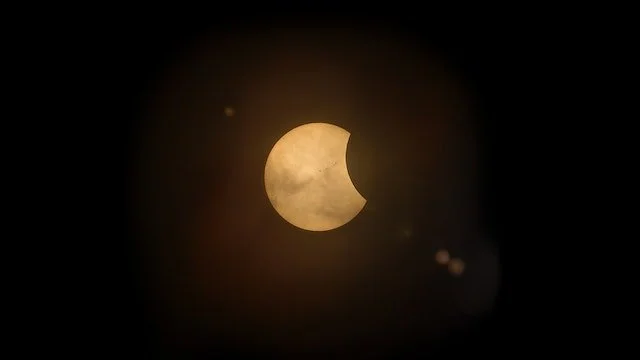Astronomical Events you Can’t Miss in October and November
The days are getting cooler and the nights are chilly, with pumpkins, apples, and flannel being the staples of the next few months. Now that it’s autumn, the night sky becomes especially dark and stargazers are able to see some of the most beautiful celestial sightings. This year promises to offer a magical show in the sky, says Almanac, with October and November’s canvas full of stars, meteors, and planets.
Magic in the sky
Magic in the Night Sky
If it’s planets that intrigue you, check out Mars on October 14th, says Almanac. Find the moon and spot the Red Planet nearby, which reaches a magnitude of 0.86, rising in the east at 10 pm. Mars is easy to find because of its orange color and brightness compared to nearby stars. Even when the sun is out, Mars remains high in the sky.
It isn’t only Mars that shines a bright light this October, says Space.com, but Saturn and Jupiter as well. Saturn, with its magnificent rings, is most visible at nightfall in October this year and sets in the early morning at the end of the month, according to Astronomy Magazine. Look for Saturn through a telescope at low magnification, suggests Astronomy, to see the beauty and brightness of the planet in the dark sky. As for seeing Jupiter, it shouldn’t be too difficult considering it’s the brightest object in the sky, next to the moon. Check out its brown belts near the middle and its Great Red Spot. Visible all night, Jupiter’s views will only improve throughout the month of October, says Astronomy.
As if peeping an entire planet wasn’t cool enough, there is also predicted to be a meteor shower this month. The Orionid Meteor Shower, active from October 2nd, through November 7th, will peak on October 21st, says Astronomy, who recommends pulling up a chair, sipping some hot chocolate, and watching the soft embers fly off the “dusty debris” of Halley’s Comet.
A lunar eclipse
Moving towards winter there will be a total lunar eclipse in November, says Smithsonian Magazine. At around 3am, Eastern time, on November 8th, the East Coast will be able to see the full eclipse from start to finish, says Smithsonian, with the West and Midwest catching a partial show. What’s so special about an eclipse is it represents “all the world’s sunrises and sunsets” on Earth at the same time, says Smithsonian.
Astrological Theme: Dedication
Stargazing wouldn’t be quite as magical without stars, of course, and the constellations this year tell us plenty, says Today. This year, and especially during the month of October, one of the astrological themes is dedication, according to Today. With the solar eclipse on the 25th in Scorpio, it creates the stamina to accept and love ourselves, says the article. Then, the sun moves through Libra to Scorpio on the 23rd, connecting us with our most desired dreams and steps towards achieving them. Not a bad way to end the month.
We couldn’t ask for more in the sky this October and November. As you take out your sweaters and jeans, consider popping outside for a good look at the sky. Whether you are an avid telescope toting stargazer or your garden variety sky-loving human, all you need to do to enjoy the next weeks of upcoming celestial events is look up.
Get ready for celestial happenings
Visit our Gardens in Bend
The Blissful Heart Magical Gardens are the perfect spot to look up and enjoy the view. We often host moon meditation circles so please check back at our event calendar frequently to see when the next one will be!



